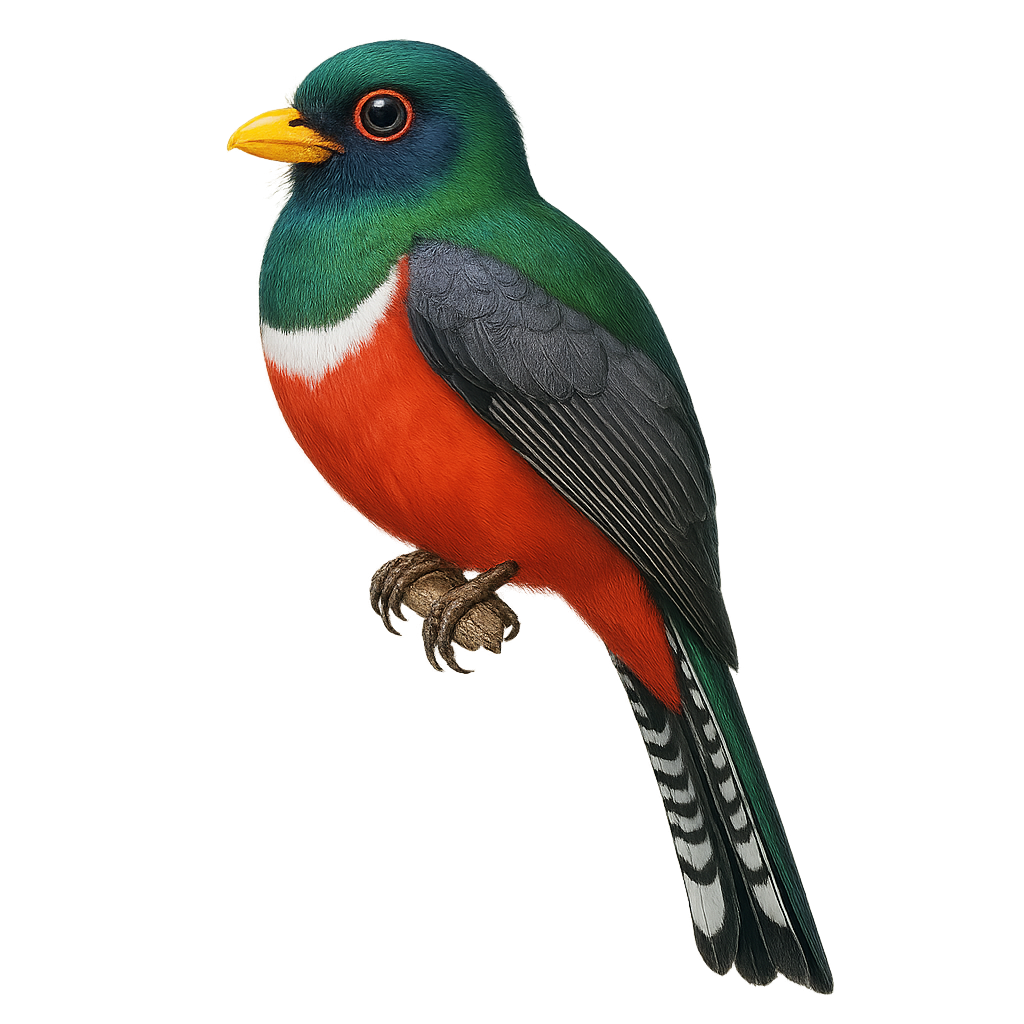Your wildlife photography guide.
Explore the mountain trogon in detail, study its behavior, prepare your shots.
Where to observe and photograph the mountain trogon in the wild
Learn where and when to spot the mountain trogon in the wild, how to identify the species based on distinctive features, and what natural environments it inhabits. The WildlifePhotographer app offers tailored photography tips that reflect the mountain trogon’s behavior, helping you capture better wildlife images. Explore the full species profile for key information including description, habitat, active periods, and approach techniques.
Mountain Trogon
Scientific name: Trogon mexicanus

IUCN Status: Least Concern
Family: TROGONIDAE
Group: Birds
Sensitivity to human approach: Suspicious
Minimum approach distance: 10 m
Courtship display: March to April
Incubation: 17-19 jours
Hatchings: March to May
Habitat:
Humid forests, highland wooded areas
Activity period :
Primarily active during the day, with peak activity in the morning and late afternoon.
Identification and description:
The Mountain Trogon, or Trogon mexicanus, is a colorful and fascinating bird found in the mountainous forests of Central America. It is distinguished by its vibrant plumage, featuring a metallic green head and back, bright red belly, and a black and white tail. Measuring about 30 cm in length, it is often seen perched silently in trees, feeding mainly on insects and fruits. This bird is known for its soft, melodious song, often heard before it is seen. It prefers humid forests and wooded highland areas, where it can blend into the dense foliage. Although relatively tolerant of human presence, it remains discreet and can be difficult to spot.
Recommended lens:
400mm – adjust based on distance, desired framing (portrait or habitat), and approach conditions.
Photography tips:
To photograph the Mountain Trogon, it is advisable to use a 400mm or longer telephoto lens to capture detailed images from a distance. Look for it in humid forests and highland wooded areas, where it often perches silently. Be patient and listen for its melodious song to locate it. Avoid sudden movements to prevent scaring it away. The natural light of the morning or afternoon is ideal for bringing out the vibrant colors of its plumage.
The WildlifePhotographer App is coming soon!
Be the first to explore the best nature spots, track rutting seasons, log your observations, and observe more wildlife.
Already 1 439 wildlife lovers subscribed worldwide

